The Plant Surveillance Network Australasia-Pacific (PSNAP) enables members to communicate about plant pest surveillance and acts as a coordination point for surveillance professionals and practitioners to strengthen surveillance capacity and capability across Australia, New Zealand and the nearby region.
The network was formed in 2017 as an initiative of the Subcommittee on National Plant Health Surveillance (SNPHS).
The concept of the Plant Surveillance Network follows the success of the National Plant Biosecurity Diagnostic Network (under the Subcommittee on Plant Health Diagnostics).


















